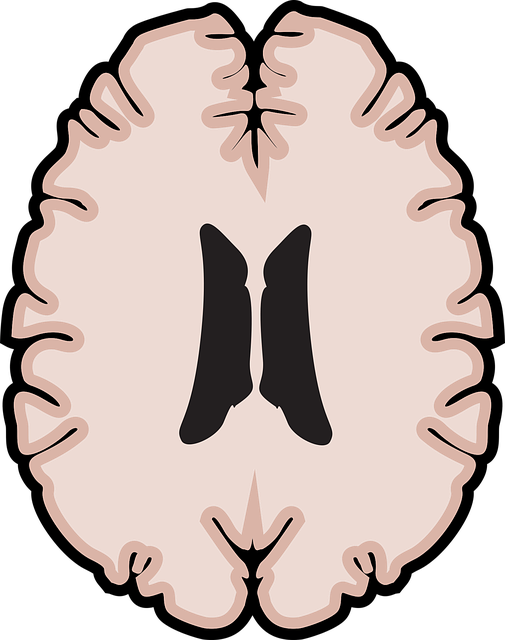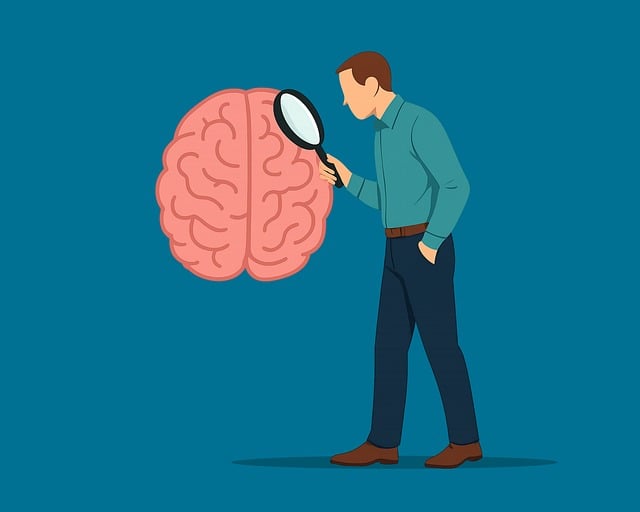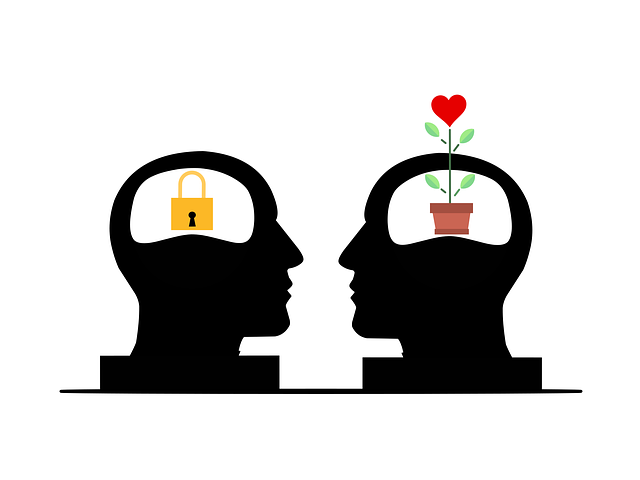Emotional intelligence (EI) development through therapy for children is a vital strategy in suicide prevention, addressing early life experiences that impact mental health. By educating children on mental health awareness and fostering positive thinking, this approach prevents burnout and enhances EI regulation skills. Recognizing distress signs and early intervention are key; encouraging open communication empowers young individuals to manage emotional challenges effectively. Structured interventions, self-awareness exercises, and trauma support services build resilience, reduce risk of harmful behaviors, and improve overall well-being. Engaging parents through open communication, empathy-building strategies, and social-emotional learning further strengthens this proactive approach in therapy for children's suicide prevention.
Emotional intelligence (EI) is a cornerstone of holistic child development, significantly impacting their mental health. This article explores the multifaceted role of EI in fostering well-being and preventing issues like suicide. We delve into strategies such as identifying distress signals early through intervention techniques and therapeutic practices that build resilience. Additionally, it highlights engaging parents and caregivers to create supportive home environments, underscoring the collaborative effort needed for effective therapy in children’s suicide prevention.
- Understanding Emotional Intelligence and its Impact on Children's Mental Health
- Identifying Signs of Distress: Early Intervention for Suicide Prevention
- Building Resilience and Coping Skills through Therapeutic Practices
- Engaging Parents and Caregivers: Fostering a Supportive Environment at Home
Understanding Emotional Intelligence and its Impact on Children's Mental Health

Emotional intelligence (EI) refers to a person’s ability to recognize, understand, and manage their own emotions, as well as recognize, understand, and influence the emotions of others. For children, developing EI is crucial for fostering healthy mental health and well-being. Early life experiences significantly shape a child’s emotional intelligence, and deficiencies in this area can lead to challenges later in life, including an increased risk of suicide and burnout.
Therapy for Children plays a pivotal role in enhancing EI, especially when addressing underlying issues that might contribute to mental health problems. By incorporating strategies focused on Mental Health Awareness and cultivating Positive Thinking, therapists can help children develop coping mechanisms and emotional regulation skills. This proactive approach not only prevents burnout but also equips children with the tools to navigate their emotions effectively, ultimately contributing to improved overall well-being.
Identifying Signs of Distress: Early Intervention for Suicide Prevention

Recognizing signs of distress is a vital component of suicide prevention strategies, especially when focusing on therapy for children. Young individuals may struggle to articulate their feelings, making it crucial for caregivers and educators to be vigilant in identifying behavioral changes that could indicate underlying mental health issues. Early intervention can play a significant role in depression prevention and burnout prevention by providing support before situations escalate.
Simple yet effective strategies include encouraging positive thinking and open communication. By fostering an environment where children feel comfortable sharing their thoughts and emotions, adults can help them recognize and express distress signals. This proactive approach not only aids in suicide prevention but also contributes to overall well-being, empowering young minds with the tools to navigate emotional challenges effectively.
Building Resilience and Coping Skills through Therapeutic Practices

Building resilience and coping skills is a vital aspect of emotional intelligence development, especially in at-risk populations like children. Therapeutic practices play a crucial role in equipping young individuals with the tools to navigate life’s challenges. Through structured interventions, children can learn effective strategies to manage stress, regulate emotions, and cope with traumatic experiences. One such approach is therapy for suicide prevention, which focuses on enhancing self-awareness exercises and providing trauma support services.
Self-awareness exercises help children understand their feelings and triggers, enabling them to recognize early warning signs of distress. This proactive mindset allows for better decision-making in high-risk situations. Moreover, integrating coping skills development into therapeutic practices empowers children to face adversity head-on. By mastering these skills, they can foster a sense of control and build a positive outlook, thereby reducing the likelihood of engaging in harmful behaviors such as self-harm or suicide.
Engaging Parents and Caregivers: Fostering a Supportive Environment at Home

Engaging parents and caregivers is a vital step in building emotional intelligence, especially when considering therapy for children at risk of suicide prevention. Creating a supportive home environment fosters open communication and enhances social-emotional learning. By implementing empathy-building strategies, parents can help their children develop a deeper understanding of their own emotions and those of others.
This process involves active listening, validating feelings, and teaching healthy ways to express and manage them. Additionally, incorporating social skills training at home encourages interaction, problem-solving abilities, and effective communication strategies. Such practices not only strengthen family bonds but also equip children with essential tools to navigate their emotional landscape, ultimately contributing to improved mental well-being.
Emotional intelligence building plays a pivotal role in children’s mental health, suicide prevention, and fostering resilience. By understanding emotional intelligence, identifying signs of distress early on, employing therapeutic practices, and engaging parents and caregivers, we can create a supportive environment that equips young minds to navigate life’s challenges effectively. These strategies not only enhance well-being but also promote healthy development, ensuring children have the tools to express and manage their emotions constructively. In the context of therapy for children and suicide prevention, these efforts are game-changers, fostering a safer and more supportive world for our future.














